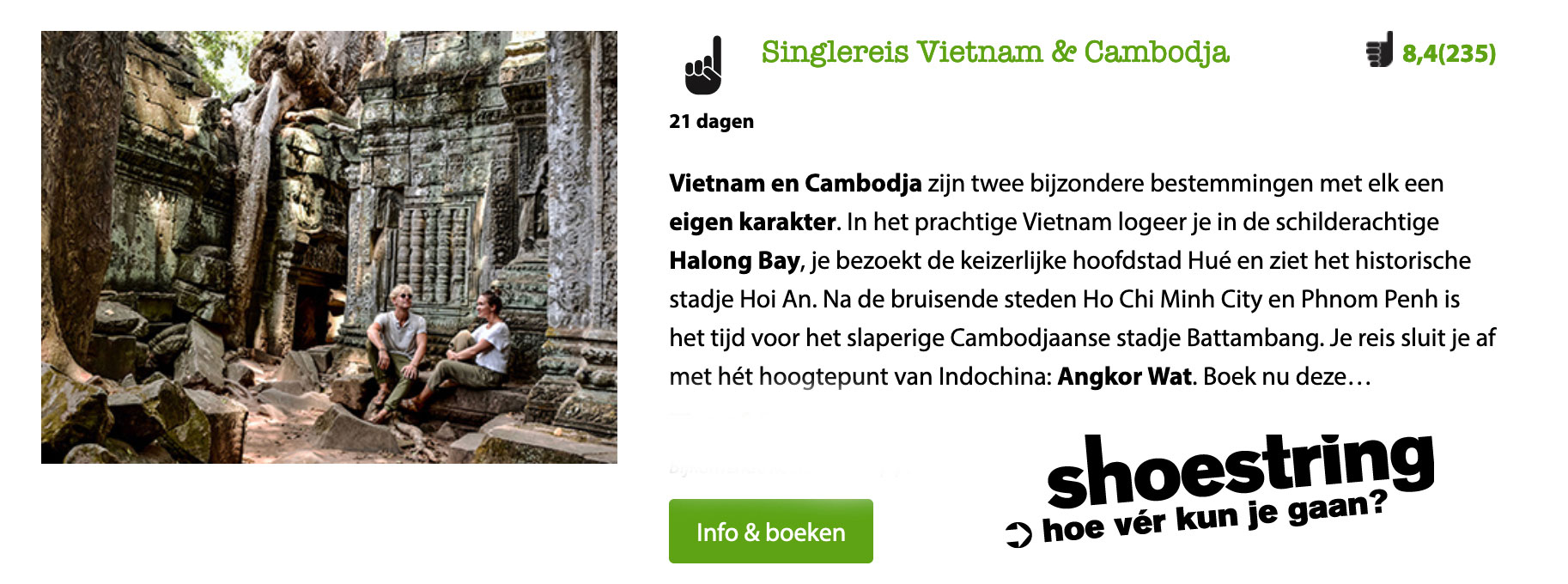Vietnam Jungle Warfare was a significant aspect of the Vietnam War, which took place from 1955 to 1975. The dense jungles of Vietnam presented unique challenges for both the American and Vietnamese forces. In this article, we will explore the tactics, strategies, and experiences of soldiers engaged in jungle warfare during the Vietnam War.
Tactics and Strategies
The Vietnam War was characterized by guerrilla warfare, and the dense jungles provided the perfect environment for the Viet Cong (VC) and North Vietnamese Army (NVA) to launch surprise attacks and quickly disappear into the foliage. To combat this, the American forces developed specific tactics and strategies:
- Patrols: Regular patrols were conducted to gather intelligence, disrupt enemy activities, and secure the area. These patrols often involved small groups of soldiers moving silently through the jungle, relying on stealth and camouflage to avoid detection.
- Ambushes: Ambushes were a common tactic used by both sides. American forces would set up ambushes along known enemy supply routes or near suspected enemy hideouts. The element of surprise was crucial in these engagements.
- Tunnel Rats: The Viet Cong often used an extensive network of tunnels to move supplies and launch surprise attacks. American soldiers known as “tunnel rats” were specially trained to navigate these underground passages and eliminate enemy threats.
- Aerial Support: Helicopters played a vital role in jungle warfare. They provided transportation, reconnaissance, and close air support to ground troops. Helicopters allowed for rapid deployment and extraction, which was crucial in the unpredictable jungle environment.
- Napalm and Agent Orange: The American forces utilized controversial tactics such as napalm and Agent Orange to clear large areas of vegetation, exposing enemy positions and supply routes. These tactics had devastating effects on both the environment and civilian populations.
Challenges and Experiences
Fighting in the dense jungles of Vietnam presented numerous challenges for soldiers on both sides:
- Navigation: The thick vegetation and lack of clear landmarks made navigation extremely difficult. Soldiers often relied on compasses, maps, and the expertise of local guides to navigate through the treacherous terrain.
- Climate and Diseases: The hot and humid climate of Vietnam took a toll on soldiers’ physical and mental well-being. Malaria, dengue fever, and other tropical diseases were rampant, further adding to the hardships faced by troops.
- Booby Traps: The Viet Cong were masters of setting up booby traps, including punji pits, tripwires, and hidden explosives. These traps caused numerous casualties among American forces and added to the psychological stress of jungle warfare.
- Close Quarters Combat: Jungle warfare often involved close-quarters combat, where visibility was limited, and engagements were fought at extremely short distances. This type of combat required quick reflexes, effective communication, and the ability to adapt to rapidly changing situations.
- Mental Strain: The constant fear of ambushes, the isolation from loved ones, and the brutality of the war took a heavy toll on soldiers’ mental health. Many soldiers experienced post-traumatic stress disorder (PTSD) long after their service in Vietnam.
In conclusion, Vietnam Jungle Warfare was a challenging and brutal aspect of the Vietnam War. The dense jungles provided a unique battleground where soldiers had to adapt to unfamiliar terrain, combat tactics, and the psychological strain of guerrilla warfare. The experiences of those who fought in the jungles of Vietnam are a testament to the resilience and courage of the men and women who served during this tumultuous period in history.




